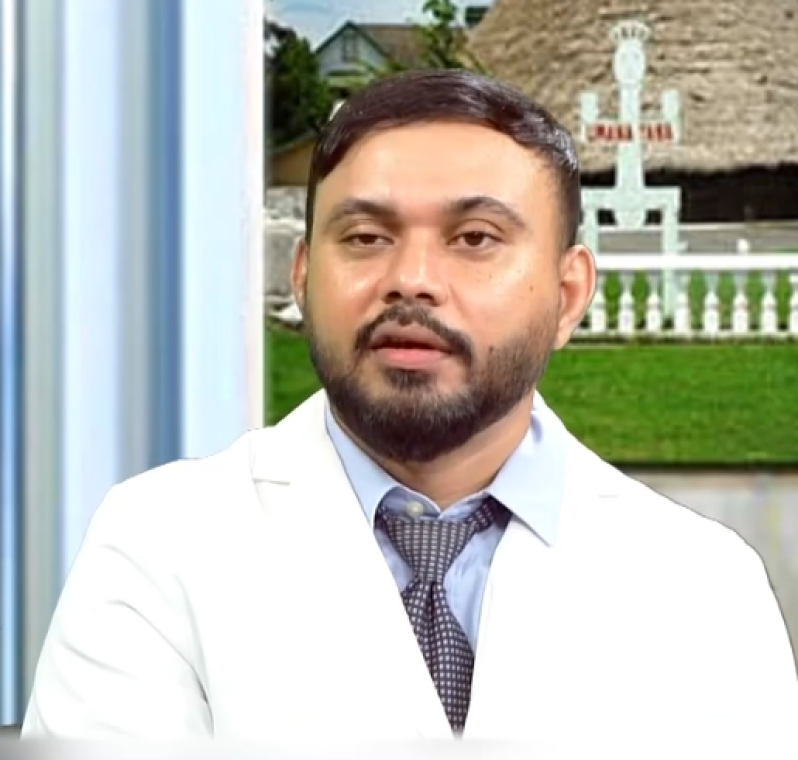–GPHC Ophthalmology Head says
–notes health ministry’s eye care programme targetting them
IN the ongoing effort to enhance eye care services for children and senior citizens in Guyana, a comprehensive programme has identified myopia, astigmatism, and hyperopia as the predominant issues among children.
This is according to Head of Ophthalmology at the Georgetown Public Hospital Corporation (GPHC) Dr. Shailendra Sugrim, who disclosed this during a recent interview with the National Communications Network (NCN).
Dr. Sugrim stated that they have observed that refractive errors are the most common, which he said affect the eye’s ability to focus on objects near or far.
“Refractive errors refer to the ability of the eye to discern or to see things around us, and, generally, the shape of the eye controls how light enters the eye and how it interprets it,” he said.
Giving specifics, he said that some persons may have the ability to focus on objects nearer better than objects in the distance, and this is referred to as myopia or near-sightedness.
Others, he said, may be able to see objects in the distance better than objects closer to them, and this is what is referred to as hyperopia, or far-sightedness.
The third most common issue, Dr. Sugrim said, is astigmatism, which causes rays of light to focus in different directions due to the shape of the cornea of the eyes.
As Dr. Sugrim noted, “All three of these conditions, myopia, hyperopia and astigmatism, are corrected with spectacles or contact lenses, but the best or the easiest way to treat them is with spectacles, and then we have our optometrist that would examine the kids and determine what type of refractive error they have.”
Against this backdrop, it was noted that if these errors are not corrected at an early age with the use of spectacles, the children may end up having amblyopia, what is commonly called ‘lazy eye’.
This eye, he says, has dull vision and cannot be corrected later or in adulthood, and as a result, he added that the individual may live with one eye not being perfect for the rest of their life.
“So, primarily, refractive errors are where the programme is going to be concentrating on eye testing and spectacle vouchers in the age group of children; that’s why we are rolling out this programme,” Dr. Sugrim said.
In order to enhance healthcare accessibility, the 2024 National Budget allocated funds specifically for this programme.
A total sum of $840 million has been designated for the purpose of distributing vouchers to over 205,000 school children and 76,000 pensioners, enabling them to receive eye tests. In addition to this, the budget includes a provision of a $15,000 voucher for individuals in need of eyeglasses, which will be funded at a cost of $955 million. As a result, the total amount allocated to this intervention will reach approximately $1.8 billion.
Just last week, the initiative for this year was officially launched, and Minister of Health Dr. Frank Anthony said that last year, they would have screened nearly 20,000 children at the nursery level, and this year will focus on primary schools with a goal of screening nearly 180,000 children.



.jpg)








